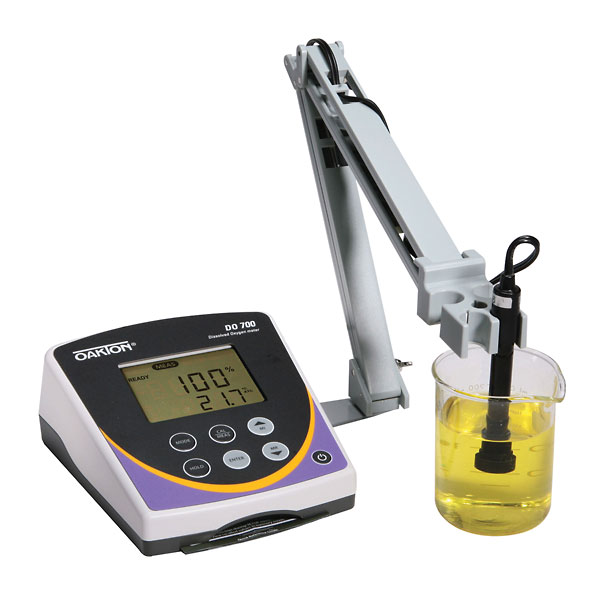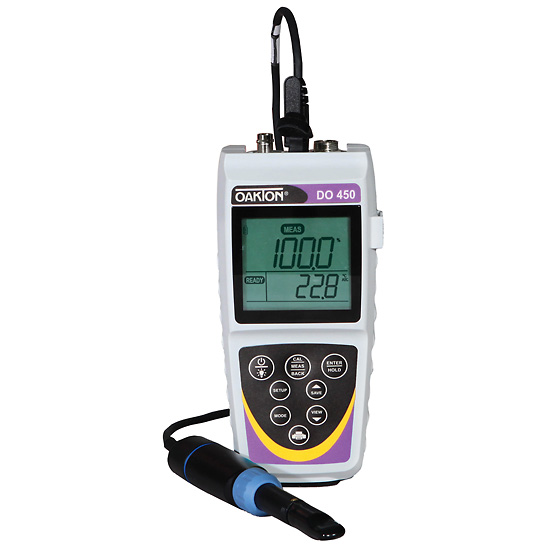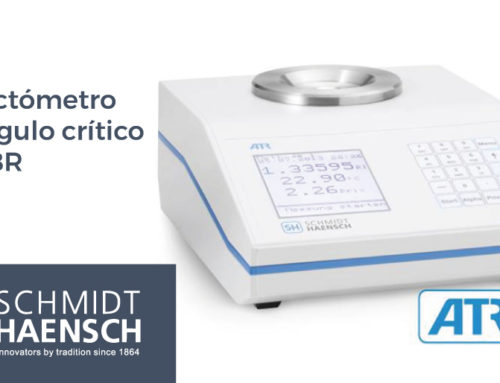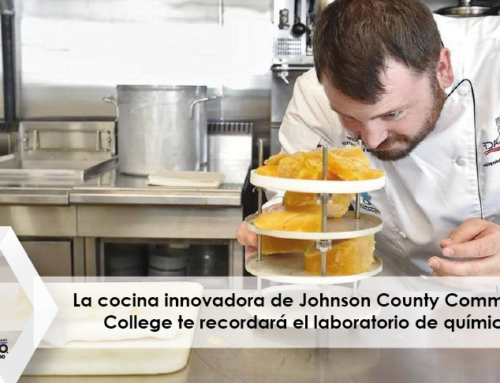Dissolved oxygen is a critical measurement for wastewater treatment. An operator must ensure proper aeration for the aerobic bacteria in the tank to break down organic suspended solids. Three technologies for measuring dissolved oxygen are employed in the market today: Polarographic, Galvanic, and Optical.

Polarographic
Clark-cell, polarographic technology supplies constant electrical voltage across the anode and cathode. As oxygen is reduced, the current supplied to the cathode is increased. The amount of electricity required to reduce the oxygen at the cathode is equivalent to the dissolved oxygen present.
This technology was developed in 1956 and is familiar to most operators. The challenges of polarographic technology include necessary warm-up time, membrane replacement, and the potential of electrolyte solutions degrading.
Galvanic
Galvanic technology, developed in 1964, consists of an anode and cathode in electrolyte solution covered with an oxygen-permeable membrane. As oxygen permeates the membrane, the cathode reduces the oxygen, creating a potential that is equal to the amount of oxygen in the system.
This method offers the advantages of eliminating warm-up times, as the self-polarized probe is ready to read. However, galvanic technology still struggles with membranes and electrolyte solutions. Interference occurs with the presence of any chemical that produces an electrical charge.
Optical

The optical detection of dissolved oxygen is based on the principle that dissolved oxygen quenches the luminescence associated with the chemical dyes in the sensor. The probe measures dissolved oxygen by emitting a blue light that causes the sensing element to luminesce (glow red). The luminescence is inversely proportional to the level of dissolved oxygen present (based on Stern-Volmer relationship). When no oxygen is present, the luminescence signal is at its maximum; and as oxygen is introduced, the luminescence decreases.
Three ways of measuring optical dissolved oxygen are the magnitude domain, time domain, and phase domain. Magnitude measures the peak height of luminescence. Accuracy degrades over time as the sensor degrades due to photo-bleaching; frequent calibration is required for this method. The time domain measures the decay rate of luminescence. Signal-to-noise ratio can limit the sensor range in this method. The phase domain (phase detector) measures the phase difference based on the entire signal and reference wave forms across a population of pulses. This method delivers the highest accuracy over the widest operating range and is commonly applied.
Optical meters provide the convenience of no membrane replacement, no electrolyte replacement, no incoming flow required, and no hydrogen sulfide interference. The meters also offer a short response time, minimal drift, and minimal maintenance. Exposure to alcohols and other organics must be limited to avoid damage to the sensor.
All three technologies offer viable methods for detecting dissolved oxygen. However, the convenience and accuracy of optical dissolved oxygen is winning over operators.







Deja tu comentario